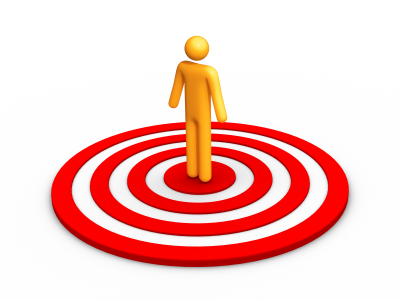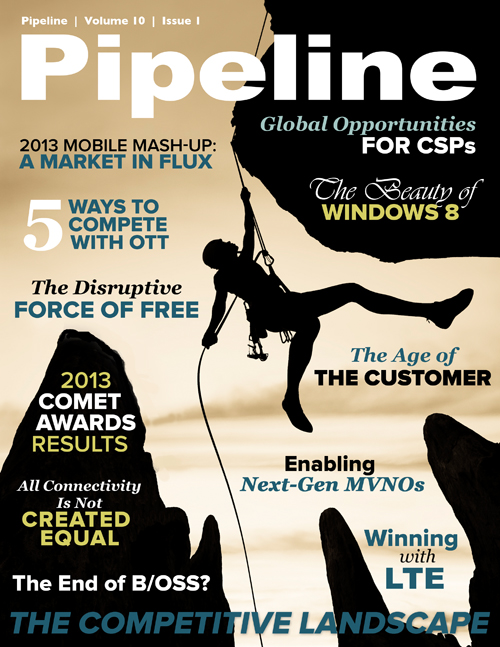The Age of the Customer
By: Jesse Cryderman

To say that the competitive landscape in communications and entertainment services is different today than it was in 2003 is like saying high-speed broadband is faster than dial-up—the two reference points are so far apart as to be nearly incomparable. Ten years ago there was no telco TV, voice service was the sole domain of the telephone company, and the concept of streaming video, let alone mobile streaming video, was in its infancy at best.
With the introduction of high-speed broadband and voice over IP (VoIP), cable companies, otherwise known as multiple-system operators (MSOs), began to leech customers from wireline providers at a remarkable rate. But telco TV offerings like Verizon FiOS and AT&T U-verse soon struck back, supplying a platform for voice providers to grab a slice of the MSOs’ video revenue. These developments gave rise to triple- and quad-play service offerings that typified the state of competition for many years before over-the-top (OTT) competitors surfaced, with agile, web-based players like Amazon, Hulu, Netflix, and Skype devising methods for delivering an empowered customer experience at a lower cost than ever before, dramatically altering the competitive landscape.
But mobility has profoundly changed everything, and the impact is astounding. Many young children and grandparents who never got caught up in the internet craze when it was solely confined to desktop computers, for instance, are now avid smartphone users who surf the web, send email, catch up with friends and family on Facebook, and watch kitten clips on YouTube like the rest of us. Why? Simply put, the empowerment granted by the experience is so compelling—with mobility, customers can choose the what, when and where of their communications and entertainment experiences.
Competition is no longer a question of content, data speed or device portfolio, elements of the business that have become commodities. Competing over an incremental increase in data speed, a traditional tactic borne out of industry legacy, ignores the greater issue of how services are experienced by the customer, and how compelling those experiences are. Customer experience has truly become the next competitive battleground for service providers of all types, who must bring more value to the services they deliver in order to remain relevant.
“The age of the customer”
The primary driver of differentiation in most markets today is the customer experience. Forrester Research describes this new era as “the age of the customer,” the fourth stage in an evolutionary process that began with mass manufacturing. As you can see below in figure 1, engaging with empowered customers is the key to success in this new age.




















